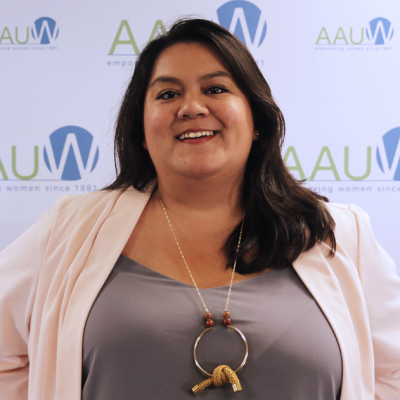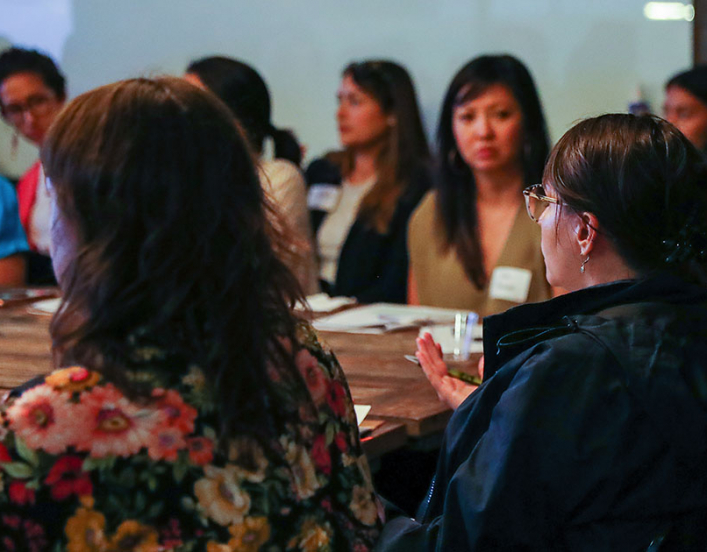Work Smart & Start Smart: Salary Negotiation
Learn to successfully advocate for yourself — and help close the pay gap for women everywhere.
Webinar ScheduleWhy Work Smart & Start Smart?
Learn how to research your target salary, highlight your accomplishments and find the right words — and the confidence — to negotiate for better benefits and pay.
Negotiating increases your potential to earn more — and can make the difference for paying off loans, supporting your family, buying what you want and need and saving for the future.
- One year out of college, women are already paid significantly less than men.
- The gap grows larger over time during a woman’s career.
- Women who work full time take home about 83 cents for every dollar a full-time male worker is paid.
- Unless things change, the pay gap will not close til 2106 — that’s why we’re empowering women nation-wide with salary negotiation skills — and working to change polices and employer culture.
A transformative experience
I was really proud of myself and filled with self-affirmation and gratitude. Being able to stand for my self-worth and to then have an employer agree to what I requested was transformative.

Award-Winning
AAUW Work Smart Online isn’t only proven to make you more confident in negotiating, it also wins awards!

Learning Program

Empower

